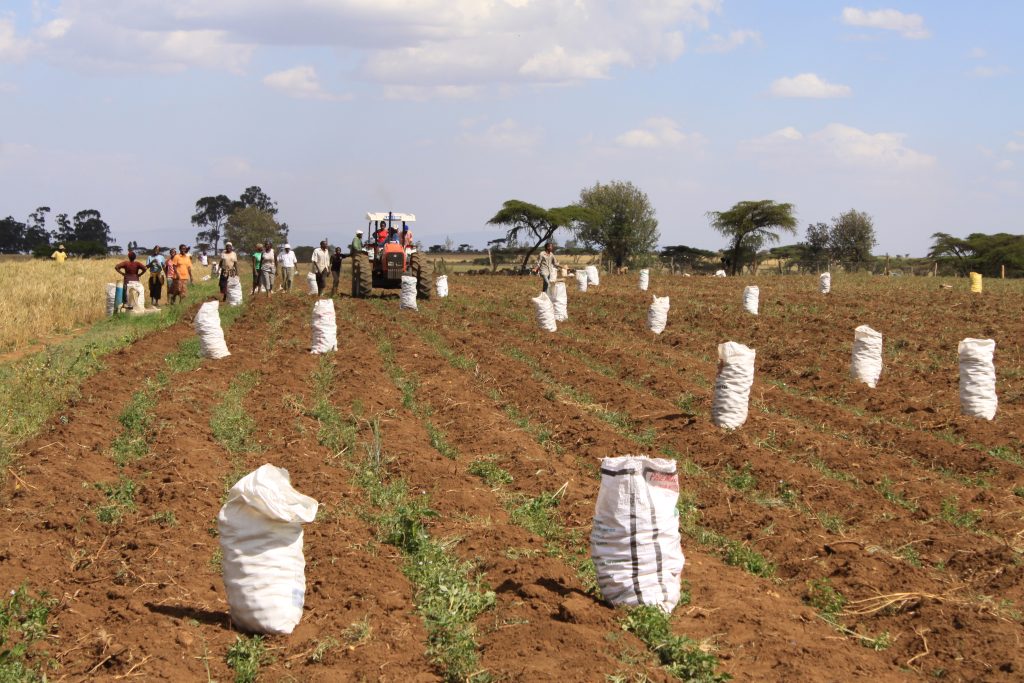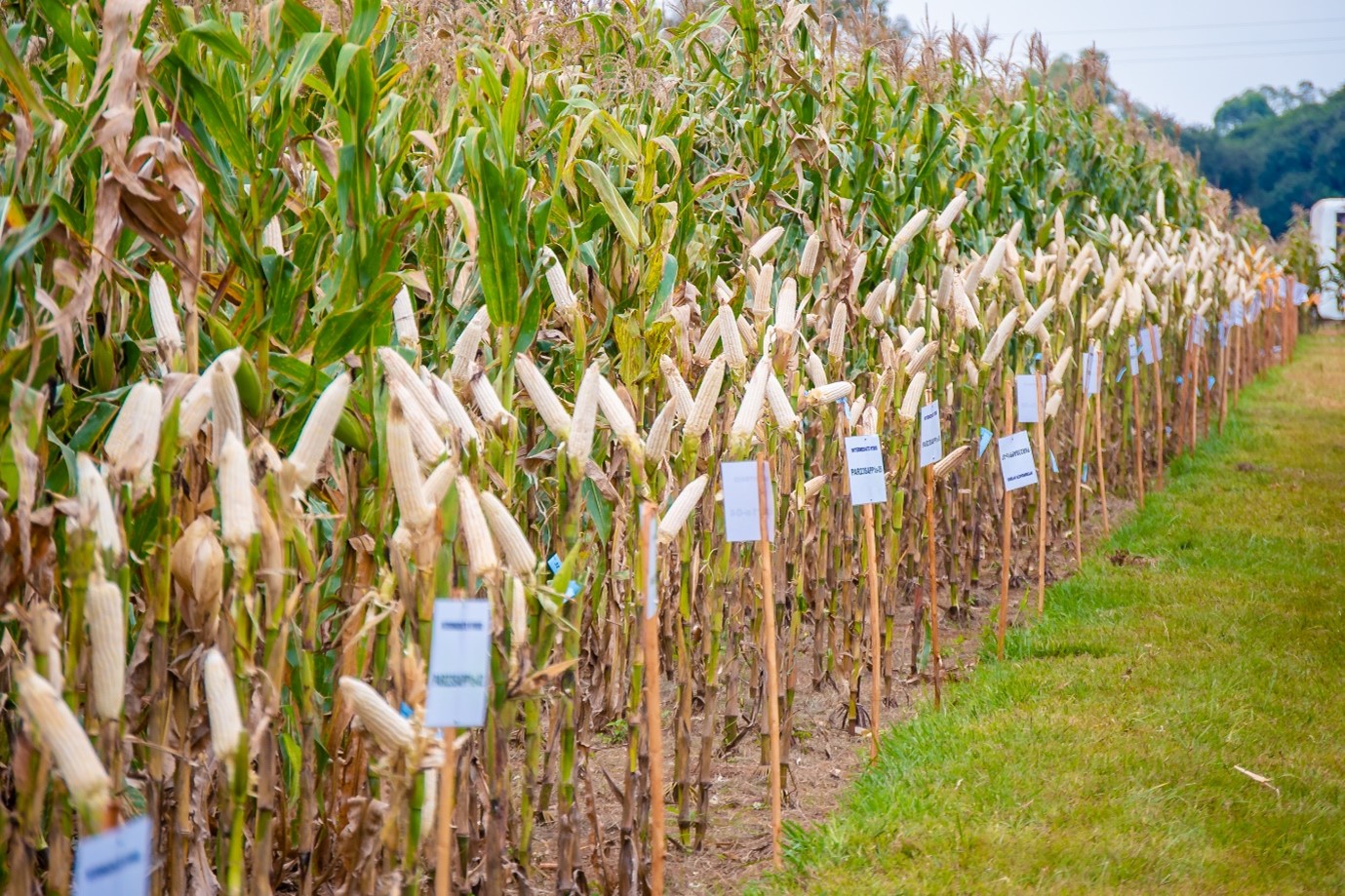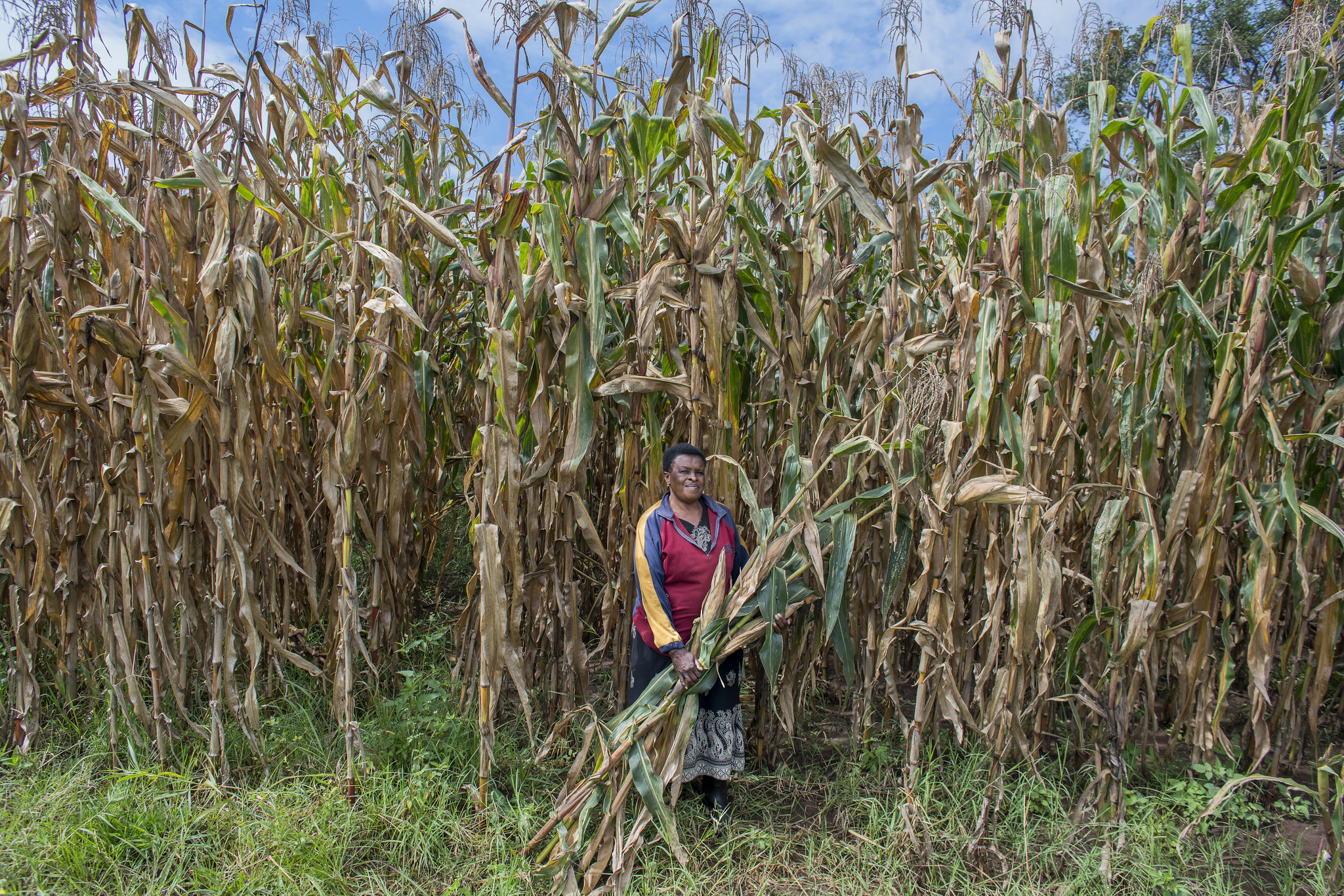Across all production environments in Kenya, early-maturity products demonstrate strong sales. This was revealed in a recent study by the CGIAR Initiative on Market Intelligence. During the long-rains season, farmers in higher rainfall production environments—wet, mid and high altitudes—purchased early-maturity seed products despite potentially lower yields. Also, the short-rains season, which represents almost one-fourth of total maize seed sales, was dominated by early-maturity products.
These insights were obtained through a panel of maize-seed sales data from 722 agrodealers in Kenya during two short-rains seasons and three long-rains seasons in 2020–2022. The study also offers insights into the extent the maturity level of seed products, purchased by farmers in Kenya, aligns with the production environment where they were sold. Market Intelligence applies eight criteria to identify seed product market segments (SPMSs) for CGIAR crop breeding. In the application of these criteria to maize in East Africa, two conditions distinguish the segments: production environment and maturity level. The other criteria do not vary. A key indicator for prioritizing breeding investments across segments is the relative size of SPMSs. In the case of maize, and other crops, teams generally use geospatial data to identify the area of production environments, with the assumption that farmers in each production environment would use the seed product with the maturity level designed for that environment.
The paper contends that a stronger focus on using sales data to inform breeding decisions in maize, and potentially other crops where retailers play an important role in seed distribution, should become a priority for market intelligence. Future work will engage stakeholders in maize seed systems in other countries of East Africa about the changes in demand for earlier-maturing products and the implications for segmentation.
This article is adapted from Market Intelligence Brief 5: Maize Farmers Acquire Early-Maturity Seed Across Production Environments – the fifth paper in the ongoing peer-reviewed series published inMarket Intelligence Briefs.
*About Market Intelligence Briefs
The CGIAR Initiative on Market Intelligence (‘Market Intelligence’ for brevity) represents a new effort to engage social scientists, crop-breeding teams, and others to work together toward the design and implementation of a demand-led breeding approach. In 2022, the Market Intelligence Brief (MIB) series was created as a valuable communication tool to support informed decision making by crop breeders, seed-system specialists, and donors on future priorities and investments by CGIAR, NARS, the private sector, and non-governmental organizations (NGOs).
The author would like to thank all funders who supported this research through their contributions to the CGIAR Trust Fund. This project received funding from the Accelerating Genetic Gains in Maize and Wheat project (AGG) [INV-003439], funded by Bill & Melinda Gates Foundation; Foundation for Food & Agriculture Research (FFAR); United States Agency for International Development (USAID); and United Kingdom’s Foreign, Commonwealth & Development Office (FCDO).


 Capacity development
Capacity development 
